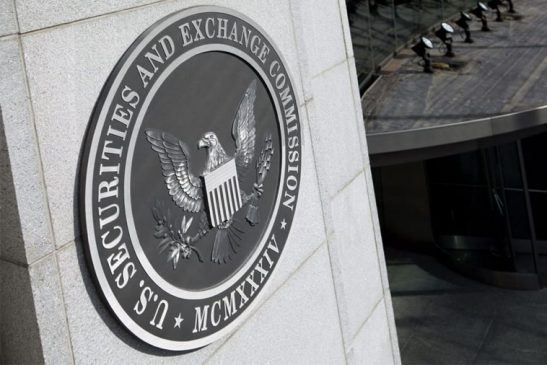On Wednesday, April 3, the U.S. Securities and Exchange Commission published much anticipated guidance regarding blockchain and initial coin offerings. Bill Hinman, the Director of the Division of Corporation Finance, and Valerie Szczepanik, the Senior Advisor for Digital Assets and Innovation, developed the SEC’s guidance, a “Framework for ‘Investment Contract’ Analysis of Digital Assets,” which came from the SEC’s Strategic Hub for Innovation and Financial Technology (FinHub).
On the same day, the SEC’s Division of Corporation Finance (CorpFin) issued a response to a no-action request, recommending no enforcement action to be taken against Turnkey Jet if it offers or sells its digital assets as it described in its request without registering the sale under the U.S. federal securities laws.
Together, the pair of documents provide an interesting, yet not monumental, development for entities working in the energy industry and seeking to utilize blockchain.
The documents did not establish a conclusive means for determining if a digital asset is a security, but they did shed light on what specific items to consider when such a determination is made. Bill Hinman and Valerie Szczepanik released a public statement, explaining that the “framework is not intended to be an exhaustive overview of the law, but rather, an analytical tool to help market participants assess whether the federal securities laws apply to the offer, sale, or resale of a particular digital asset.”
The framework provided a useful outline of specific items that will be considered when evaluating whether or not a digital asset is a security, but it did not provide a conclusory test for determining if a digital asset is a security. These specific items have presumably been gleaned from speeches by the SEC and those in the industry. Nonetheless, FinHub’s guidance is the first written official statement.
CorpFin’s response to Turnkey Jets’ no-action request did not provide groundbreaking insights, but it did provide a clear example of an instance where the SEC would not take action against a sale or offering of a token without registering under the U.S. federal securities laws.
As companies develop new applications for blockchain in the energy industry, it is vital to understand how industry-specific uses for digital assets could be seen by the SEC.
One of the most promising uses for blockchain in the energy industry is to help settle transactions that are often administratively burdensome. The digital assets that are used to settle these transactions may be deemed securities by the SEC.
The framework and response to the no-action request provide the first step in determining whether or not such a digital asset would be considered a security.
The frameworks lists the specific factors that need to be considered when determining if a digital asset is a security. While the response to the no-action request is a hyper-specific example, it sets a baseline example of a digital asset that is not considered a security.
The SEC’s response notes the specific aspects of Turnkey Jet and its tokens that led the SEC to reach the conclusion that the tokens are not securities. In tandem, the documents provide a bit more clarity as to how the SEC will evaluate if a digital asset is a security.
As Bill Hinman and Valerie Szczepanik explained in their public statement, “this framework, like other Staff guidance, is not binding on the Divisions or the Commission. It does not constitute legal advice, for which you should consult with your own attorney.” However, this tool can be used as a guide. Mintz is here to use its experience to help companies navigate this emerging regulatory landscape. New developments are expected, and we are here to partner with you throughout the process.




